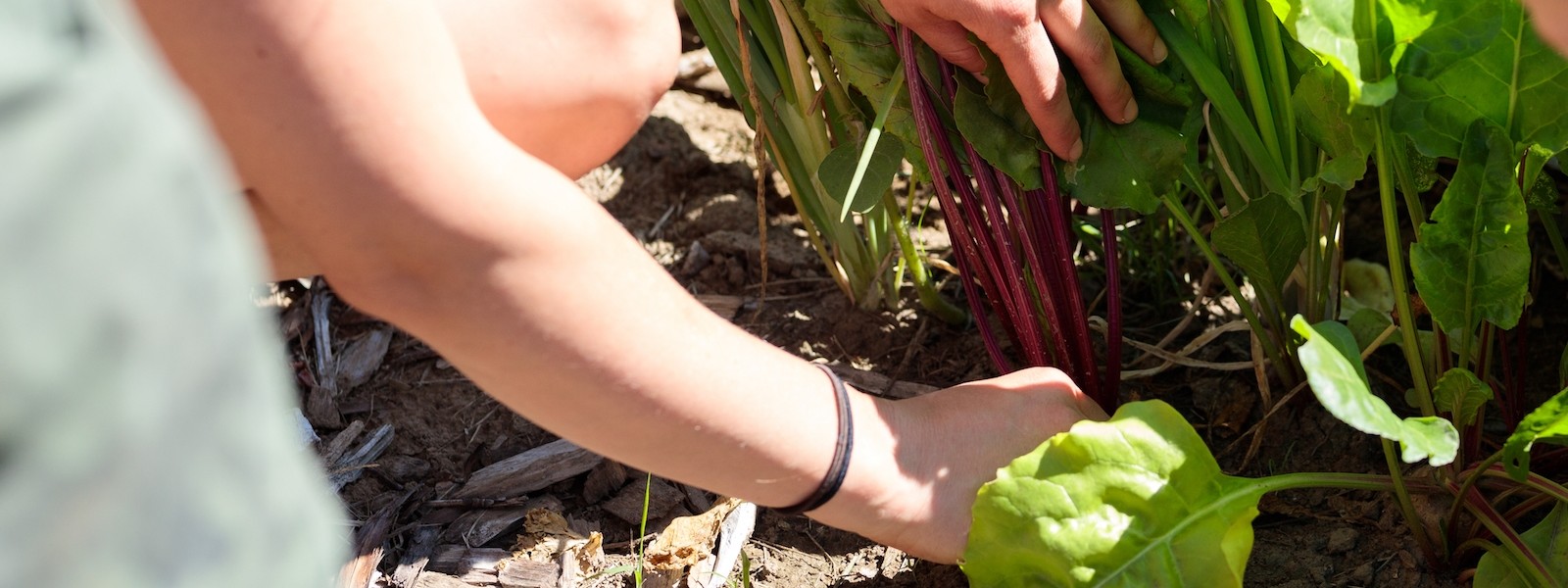Beneficial Insect: Tachinid Fly
North America’s largest and most important group of parasitic flies, with at least 1300 species in the U.S.
Adult tachinid flies resemble small houseflies and may be covered in dark bristly hairs. Their bodies measure anywhere from 1/3” to 3/4.” The larvae are maggots that feed inside host insects. The adults are important pollinators and the larvae consume incredible amounts of pests.
Life Cycle
Tachinid flies are parasites. Some female tachinid flies lay their eggs on the bodies of host insects, after which the eggs hatch and the larvae tunnel inside and excavate the host’s body. Other species deposit live larvae directly into the hosts. And still other tachinids lay eggs on plants in hopes that the eggs will be digested by a host insect and gain access that way. There may be up to 2 generations per year.
Pests They Control
Tachinid fly larvae help rid your garden of: Caterpillare of many kinds (including cabbage worms and Gypsy moth), Colorado potato beetles, corn ear worms, cucumber beetles, cutworms, earwigs, four lined plant bugs, Japanese beetles, Mexican bean beetles, sawfly larvae, squash bugs, and tobacco budworms.
How to Attract and Keep Them
- Provide them a diversity of plants with small flowers. They are lured to habitats rich in flowering herbs, especially those in the dill family. Also, they are attracted to the Aster family. Choose: cilantro, dill, fennel, parsley, and Queen Ann’s Lace. Also, aster, chamomile, feverfew, ox-eye daisy, and Shasta daisy.
- Leave weeds such as sweet clover and wild carrot to flower throughout the garden.
- Never destroy caterpillars with white eggs on their backs as these will develop into more tachinid flies.
More About the Tachinid Fly
Larval tachinid flies begin to consume their hosts by eating non-essential tissue first; as a result the host will continue to grow and feed normally- for a while. Only when this material is fully consumed, will the larvae turn to eating vital organs. It’s in the tachinid larvae’s best interest to allow their host to live as long as possible so they can grow fast and sassy. The larvae then pupate into adults either inside of outside the prey’s body.
Sources
CCF staff
Good Bug, Bad Bug by Walliser 2008
The Organic Gardener’s Handbook by Ellis and Bradley 1996

